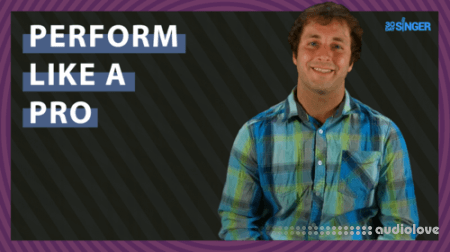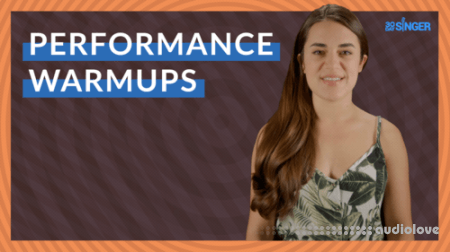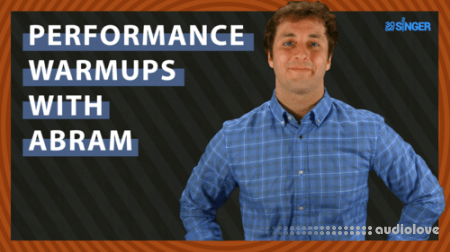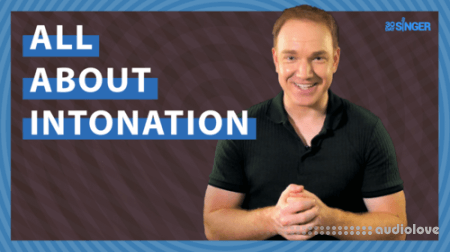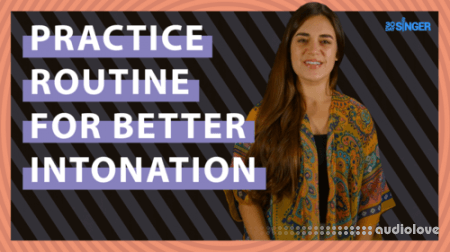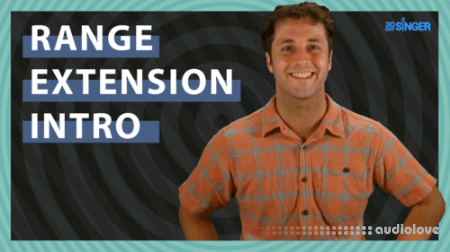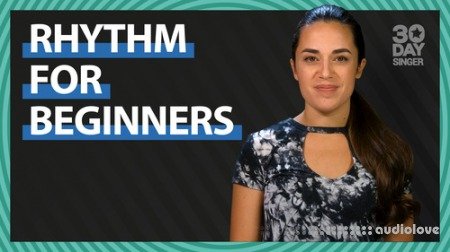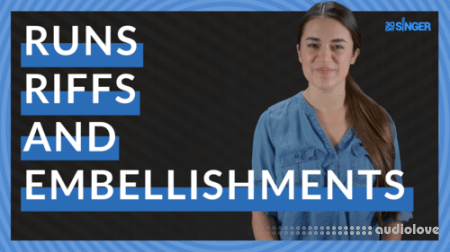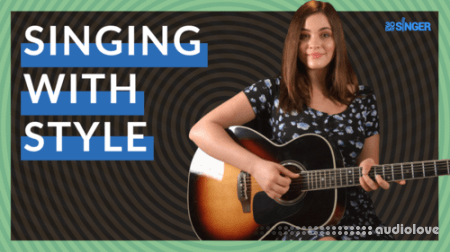Steinberg Halion Sonic SE v3.5.10 Pre Activated [WiN]
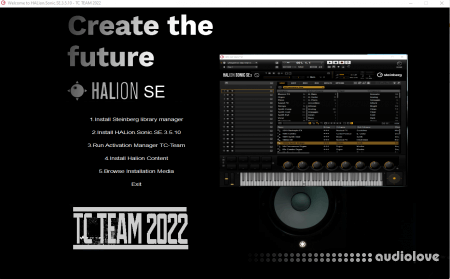
TC Team | 02 May 2022 | 731.9 MB
HALion Sonic SE 3 is a stripped-down version of HALion Sonic 3 without giving up on sound quality and accessibility. The streamlined VST workstation lets you load and play a plethora of sound content: the SE libraries shipping with Steinberg’s digital audio workstations, VST Sound Instrument Sets for HALion and the custom user libraries created within the HALion 6 sampler and sound creation system
1 143 0


![Ninetyniiine + Synthetic Play! Sound Kit [SERUM]](https://audiolove.me/uploads/posts/2022-05/02052269_playsoundkit_serum_createdby_iam.jpg)
